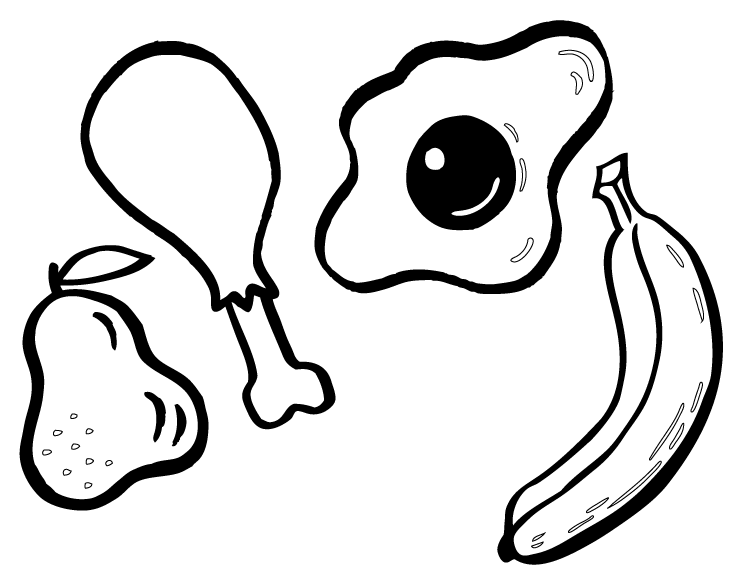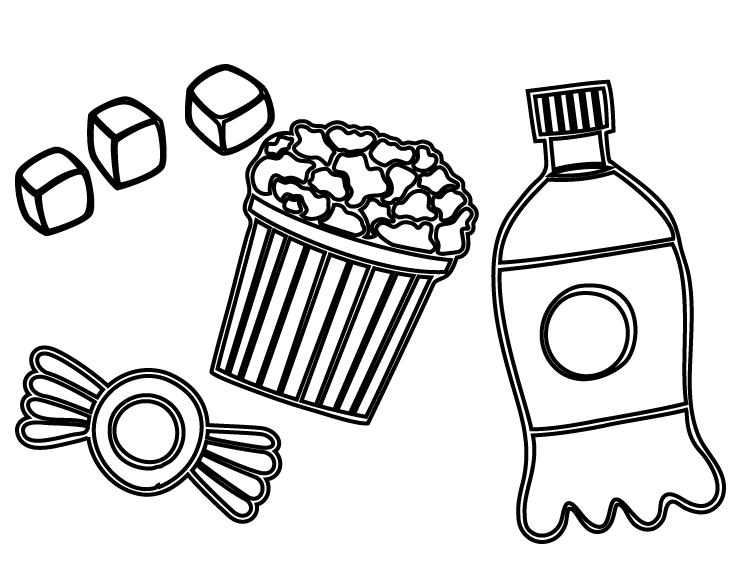Life with
Braces or Invisalign
Tips and tricks for living life
with braces or Invisalign


Braces
Got Braces?
If today is your first day of life with braces, it’s likely that your mouth is a bit sore. It’s very normal to feel some soreness and discomfort, but that should mostly be gone within a few days. Over the next few days, you might want to stick to soft foods, give yourself a popsicle or ice cream treat, and take some Advil or Tylenol. In the next few weeks, you’ll learn that taking care of your braces isn’t that hard. In the end, it will all be worth it and your smile will be something to be proud of.
Do braces hurt? Nervous about getting braces?
Getting braces placed on your teeth is virtually painless! However, most people experience some minor discomfort for the first four or five days after starting braces and after each adjustment. During these infrequent periods of tooth tenderness, over-the-counter pain relievers such as Ibuprofen or Tylenol, rinsing with warm salt water and eating softer foods are effective at reducing discomfort.
Poking Wire
For discomfort from a poking wire, the special orthodontic wax in your new patient kit will become your temporary best friend. Just take a small piece, ball it up and squish it around the offending wire. This will get you back to comfortable until it is convenient for you to come in.
Loose Bracket
Loose brackets can be uncomfortable, but thankfully are not generally an emergency. Typically, a loose bracket will stay attached to the wire and can be covered with wax if bothersome. If the bracket has come off of the wire, please save it for reattachment. In either case, just give our office a call and we will find a convenient time for you to come in.
Braces Care
The biggest enemy to your smile is plaque. If left on the teeth today, it can lead to cavities, gingivitis and bad breath tomorrow.
Brushing
Brush your teeth 2–3 times per day, ideally after each meal.
Using a soft toothbrush, clean all surfaces of your teeth, paying special attention to the area below the brackets along the gum line. Rotate the brush to clean underneath the brackets and wires to prevent unsightly, permanent white scars (demineralization) that can form from unremoved plaque.
Flossing
Flossing like a pro prevents cavities that form between the teeth where your toothbrush cannot reach.
Flossing is a bit more challenging with braces. Using a reusable floss threader makes it easy to pass the floss underneath the wire and floss like normal. Your Tangelo team will demonstrate how to do it the day you get your braces.
Throughout the course of your treatment, continue to see your dentist regularly for cleanings and checkups.
Eating with Braces
Eating with braces doesn’t have to be a chore. By slowing down, taking smaller bites, and exercising a little care, you can continue to enjoy most of your favorite foods.
Skipping certain problem foods will help you to avoid broken brackets and other concerns that could extend your treatment and require additional appointments.
Rubbing / Pinching of the Cheeks
Rubbing or pinching of the cheeks can occur until you are fully adjusted to your new braces. For relief during the adjustment period, take a small piece of orthodontic wax from your new patient kit and place it over the bracket or wire in the sore area.

New To Invisalign?
Wearing Your Aligners
Discomfort and Mouth Aches
Both Invisalign and braces use the same basic principle to straighten teeth – constant, gentle pressure to gradually move them into the desired positions. Although braces and Invisalign go about this in different ways, the result is the same. Unfortunately, so is the discomfort involved.
With Invisalign, you may feel slight discomfort after placing a new aligner or if you have gone a time without wearing your aligner. This is because as that is when the discrepancy between where your teeth are currently are and where that particular aligner wants them to be is at its greatest. This occasional mild tenderness decreases after a few hours to a day or two, and if severe, can be reduced with ibuprofen.
Aligner Cleanings and Oral Hygiene
Rinse your Invisalign trays with cold or lukewarm water before inserting them into your mouth and after removing them from your mouth. Brush your aligners when you brush your teeth. Cleaning your trays regularly minimizes plaque buildup, tray staining and bad breath. If you are not able to brush your trays at a particular meal time, that is okay, just rinse them with water and brush them at the next opportunity.
Although not necessary if you brush your trays regularly, you may choose to occasionally clean your trays with fast-acting denture cleaner that can be purchased at most drug stores or supermarkets.
Physical Appearance and Speech
Since Invisalign aligners are clear and nearly invisible, they go largely unnoticed when talking or taking pictures, creating minimal, if any, change to your normal appearance. However, some a people may notice them if they’re in close proximity to you.
Invisalign aligners are thin and for most, very easy to become accustomed to. Since the aligners do occupy a small amount of space in your mouth, a small percentage of people develop a minor lisp that typically passes within a few hours or days as they adjust.
Restrictions
Plan to remove your aligners anytime you eat or drink anything other than water. This is to prevent sugars or other food particles from becoming trapped between the aligner and your teeth, which could lead to cavities, gum concerns, or bad breath.
Why Are There Foods
You Should Eat and Avoid With Braces?
Hard or sticky foods can damage your braces by breaking brackets or bending wires. To minimize discomfort and repair appointments from broken brackets and wires, simply follow the guidelines below.

Enjoy!
- Grains – pasta, oatmeal, rice
- Dairy – soft cheese, yogurt, milk-based drinks
- Soups & Chili
- Soft Breads – tortillas, pancakes, muffins without nuts
- Proteins – soft chicken, seafood, lunch meat, fish, meat off the bone, beans, eggs
- Soft Fruits – bananas, berries, applesauce, smoothies, and citrus fruits – tangelos!
- Soft Vegetables – mashed potatoes, tomatoes, steamed veggies
- Treats – (in moderation) Jell-O, milkshakes, ice cream, pudding

Avoid!
- Hard Foods – nuts, ice, popcorn (those kernels!), hard candy
- Chewy Foods – beef jerky, pizza crusts, French breads, Starburst, toffee, Skittles, bagels
- Sticky Foods – gummy candies, caramel candies, bubble gum
- Foods that Require Biting Into – corn on the cob, uncut apples, carrots
- Eat Less (be sure to brush after!) – soda, sugary drinks, sugary foods
- Do Not – chew on fingernails, pencils, pens

